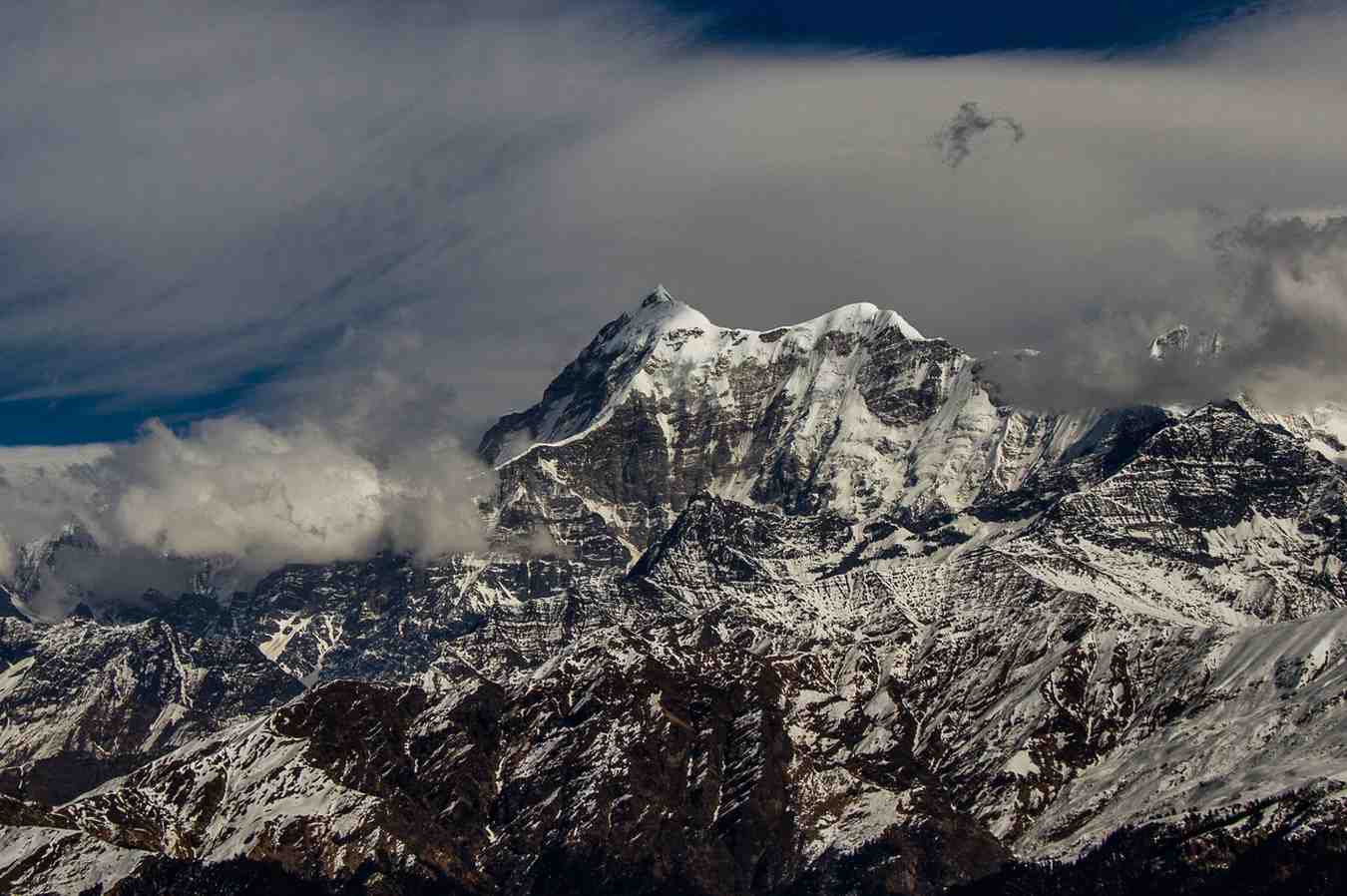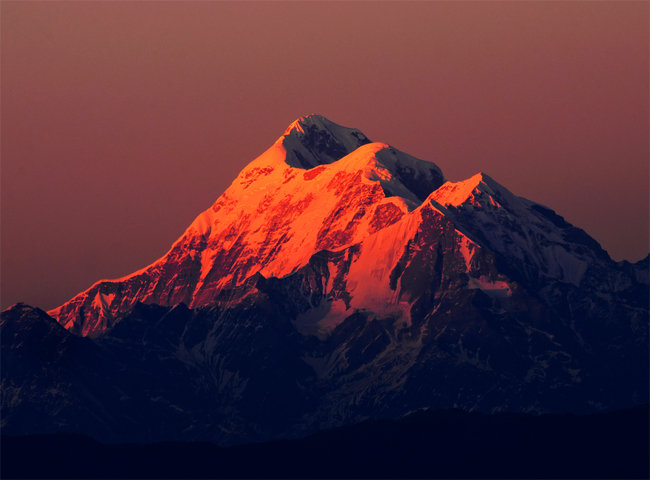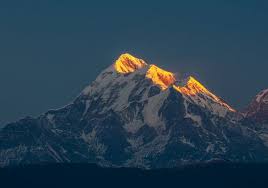Mount Trishul I Expedition (7,120 m)
The First 7,000m Peak Ever Climbed in the Himalayas

About the Peak
Rising to 7,120 meters (23,359 feet), Mount Trishul I in the Kumaon Himalayas of Uttarakhand holds a special place in mountaineering history. Named after Lord Shiva's trident ("Trishul"), this majestic peak is part of the Trishul massif, which includes Trishul II and III.
Trishul I made history in 1907 when it became the first 7,000-meter peak ever climbed in the world, marking the beginning of high-altitude mountaineering in the Greater Himalayas.
Location
Kumaon Himalayas, Uttarakhand, India
Coordinates
30.3040° N, 79.7697° E
Elevation
7,120 meters (23,359 feet)
First Ascent
1907 by British expedition
Climbing Heritage
Trishul I is a historic landmark in mountaineering and continues to be an inspiring objective for climbers who value adventure over crowds.
The First Great Himalayan Climb (1907)
Summited by a British expedition led by Lieutenant T.G. Longstaff, with Alpine guides A. Brocherel, G. Brocherel, and C. Savoye on June 12, 1907. This was the first-ever ascent of a 7,000-meter peak in the world.
Standard Route
Via the Rishiganga Valley and the Trishul Glacier - the historic route used by the first ascent team.
1950s-60s
Indian climbers and the Indian Army began organizing expeditions to Trishul I, often using it as a training ground for higher Himalayan peaks.
1970s-80s
The peak saw more technical ascents, including attempts on alternative ridges and alpine-style climbs.
Modern Era
Trishul I continues to be a prized objective for seasoned climbers, though it remains challenging and less-frequented due to its technical demands and unpredictable weather.
Climbing Challenges
Mount Trishul I presents significant challenges that make it rewarding for serious mountaineers:
Technical Faces
Steep snow and ice faces that demand technical skill
Avalanche Risk
Avalanche-prone slopes during pre-monsoon and post-monsoon seasons
Weather
Harsh and rapidly changing conditions at extreme altitudes
Glacier Travel
Technical glacier travel requiring advanced mountaineering skills
Expedition Details
Best Climbing Season
- Pre-Monsoon: May-June
- Post-Monsoon: September-October
These windows offer the most stable conditions for attempting this historic peak.
Permits & Regulations
- Permit: Required via the Indian Mountaineering Foundation (IMF)
- Restricted Zone: Special permissions may be required
- Environmental Guidelines: Strict eco rules apply
Why Climb Trishul I?
Historic Significance
Climb the world's first conquered 7,000m peak - a landmark in mountaineering history.
Technical Challenge
Test your skills on a peak that remains technically demanding despite its historic ascent.
Less Crowded
Experience a true wilderness adventure away from commercial climbing routes.
Gallery



Ready to Climb a Piece of Mountaineering History?
Join our expertly guided Trishul I Expedition and experience the peak that started high-altitude mountaineering in the Himalayas.
Book Your Expedition